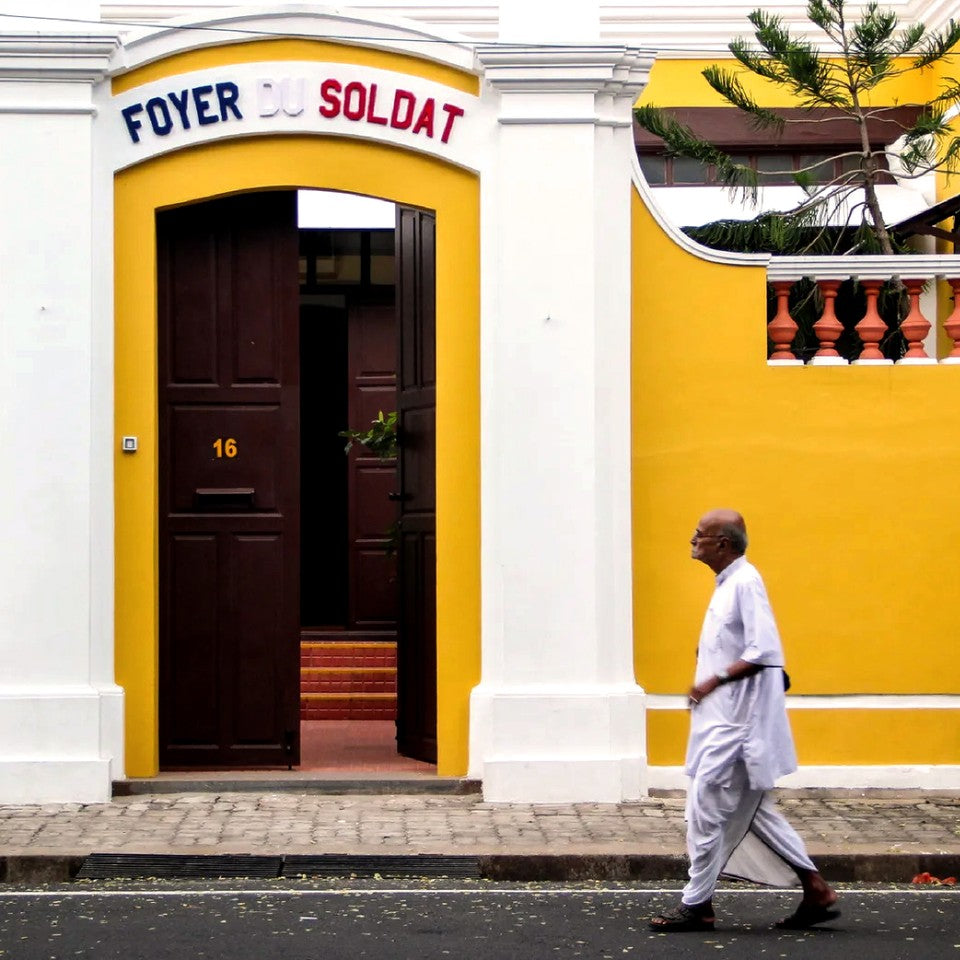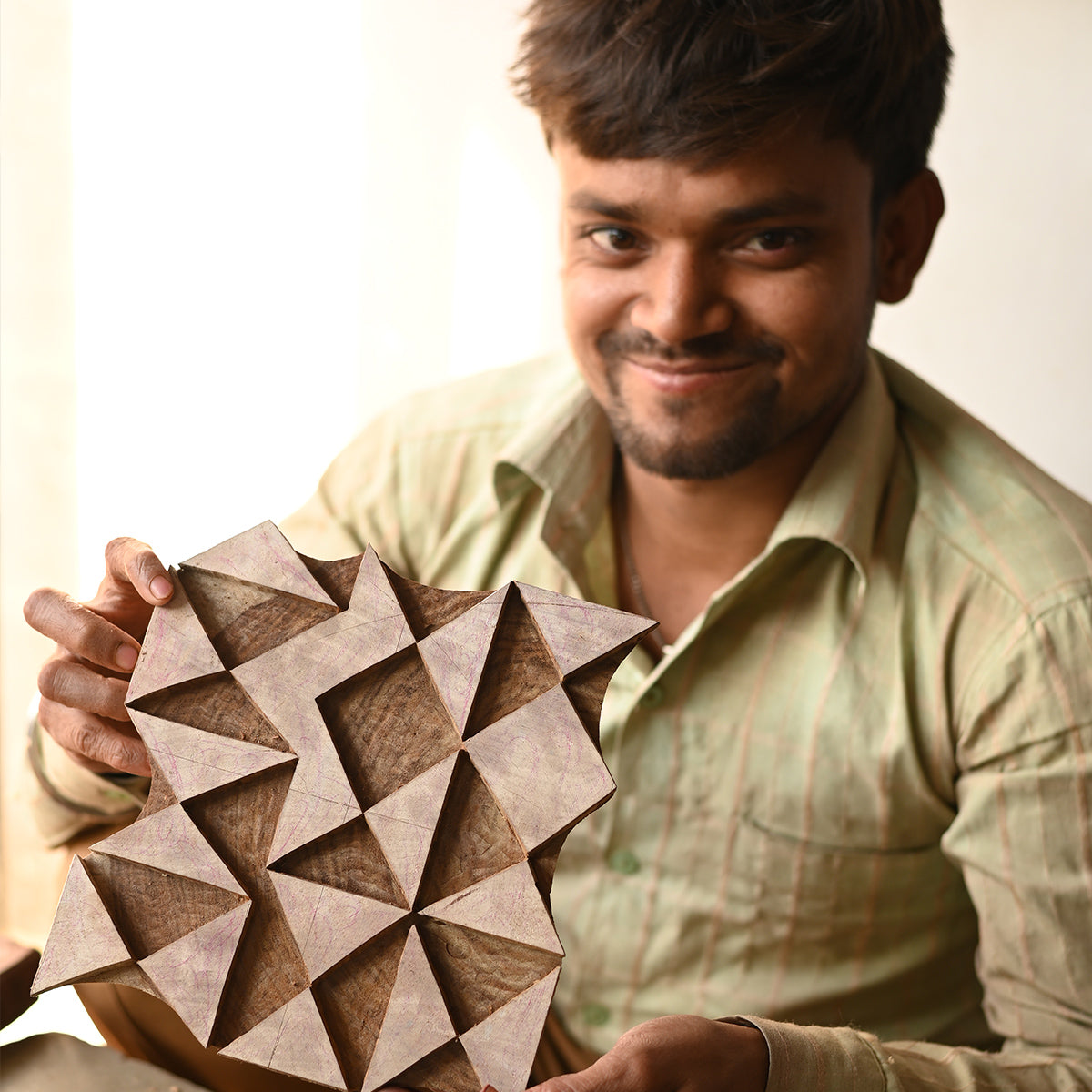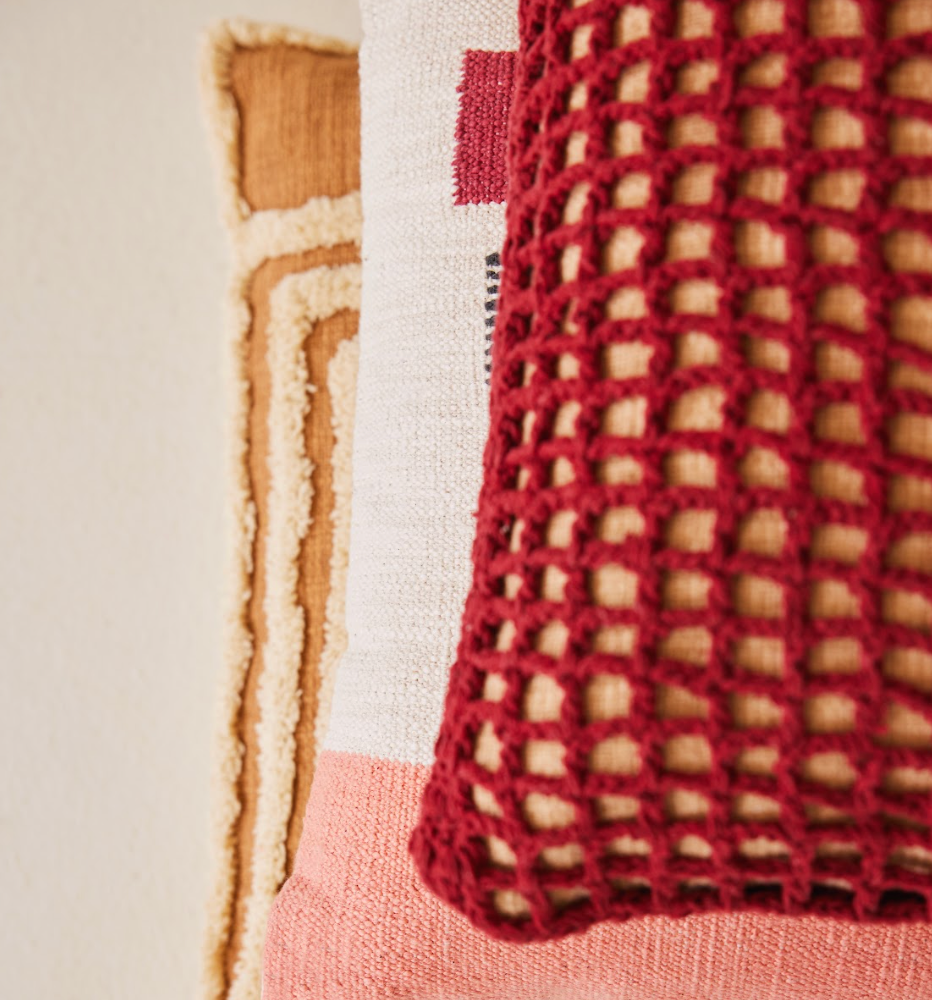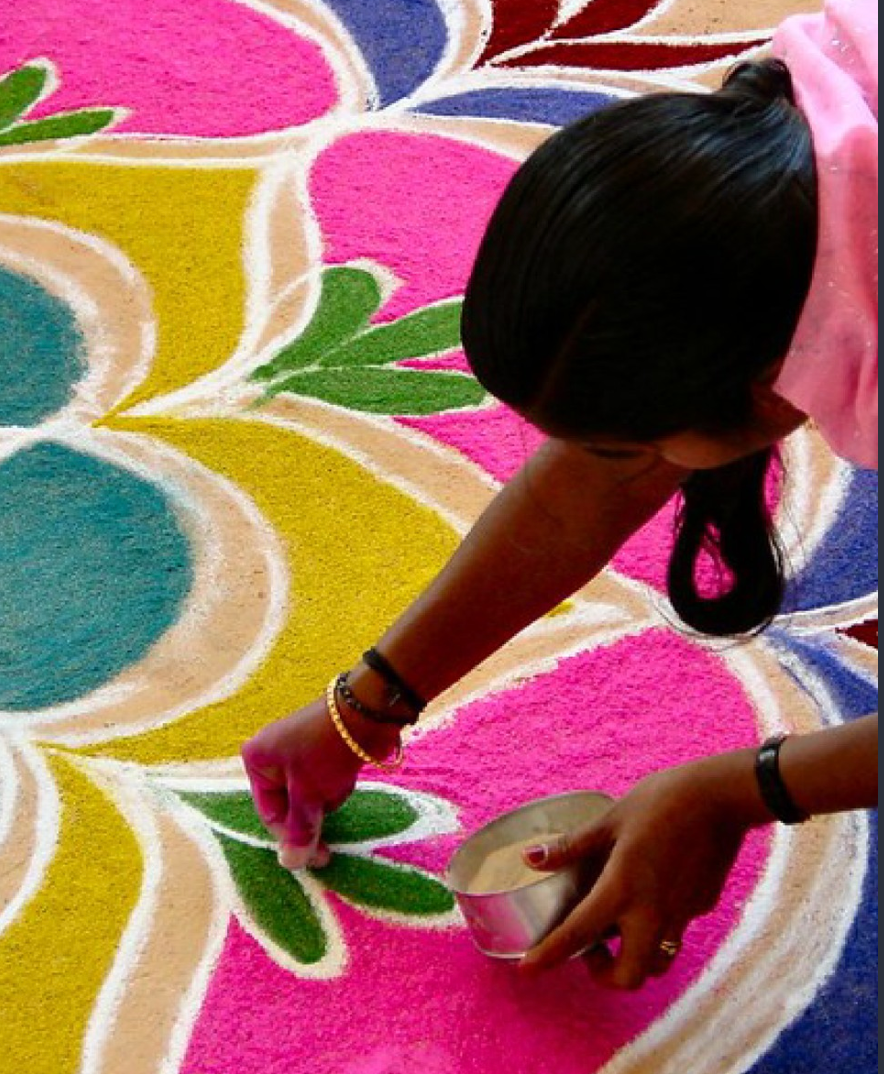
The Intersection of French Colonial Aesthetics and Indian Architecture: A Lasting Influence on Wholesale Home Goods and Modern Interior Design
Introduction
When we talk about Indian architecture, the first thing that comes to mind is the grandeur of Mughal palaces or the intricacy of Hindu temples. However, the architectural landscape of India is far more diverse, thanks to its rich history of cultural exchanges. One such influence that often goes unnoticed is the French colonial impact on Indian architecture. This influence not only shaped the buildings but also had a lasting effect on wholesale home goods and interior design, particularly in modern interior design settings.
The French Footprint in India
The French East India Company established its first trading post in India in the 17th century. Over time, they expanded their territories, with Pondicherry (now Puducherry) being the most famous. The French influence is most visible here, but it also extends to other parts of India like Chandannagar in West Bengal and Mahe in Kerala.
Architectural Elements
Grand Façades and Balconies
One of the most striking features of French colonial architecture is the grand façade, often adorned with intricate detailing. These façades became a common sight in French-influenced Indian cities. The balconies, often made of wrought iron, added an element of elegance and were functional, providing shade and ventilation.

Courtyards and Gardens
The French love for open spaces and nature was incorporated into Indian architecture through the introduction of courtyards and gardens. These spaces were not just aesthetic but also served as communal areas for social gatherings.
Color Palette
The French introduced a softer color palette, often using pastels like peach, sky blue, and soft yellows. This was a departure from the vibrant colors traditionally used in Indian architecture.
Impact on Wholesale Home Goods
The French influence extended beyond architecture into the realm of wholesale home goods. Items like chandeliers, vintage mirrors, and French-style furniture became popular. These elements are often incorporated into modern interior design, blending seamlessly with traditional Indian elements to create a unique aesthetic.
Modern Interior Design: A Fusion of Cultures
Today, the French colonial influence is still evident in modern interior design in India. The use of light color palettes, elegant furniture, and open spaces are all hallmarks of this enduring impact. Brands like Casa Amarosa offer a range of products that celebrate this fusion, prioritizing inter-generational craftsmanship and sustainability.
Conclusion
The French colonial impact on Indian architecture is a testament to the rich tapestry of cultural influences that make up India's history. This influence has not only shaped buildings but has also found its way into wholesale home goods and modern interior design. As we continue to embrace a global aesthetic, it's fascinating to see how these historical influences continue to shape our spaces and lives.





